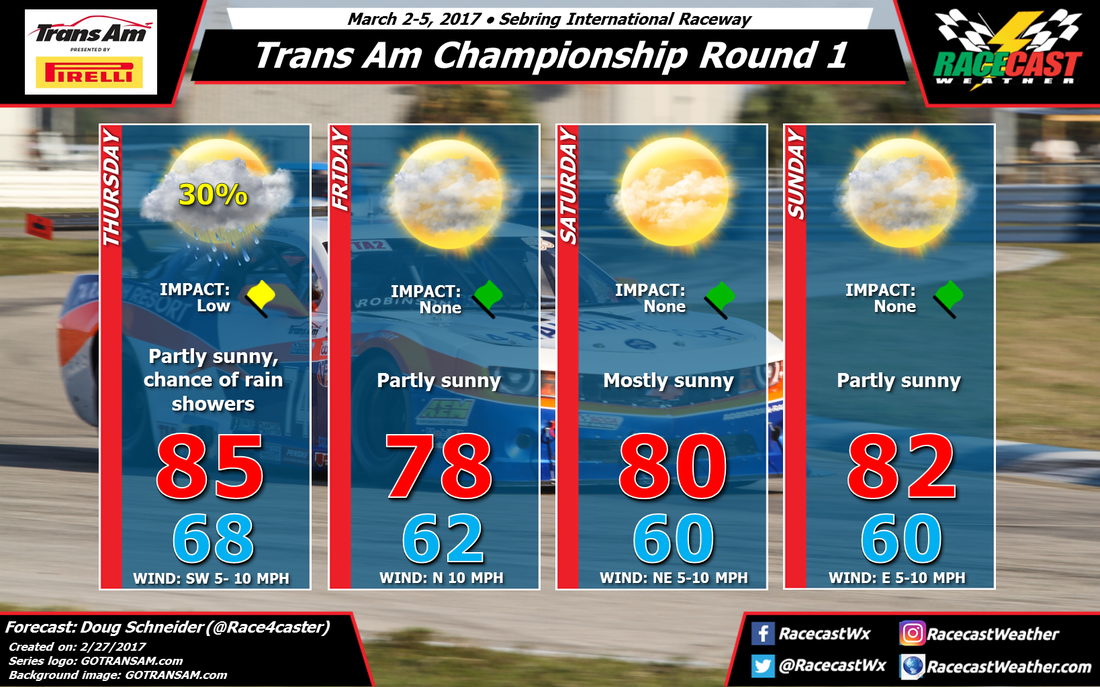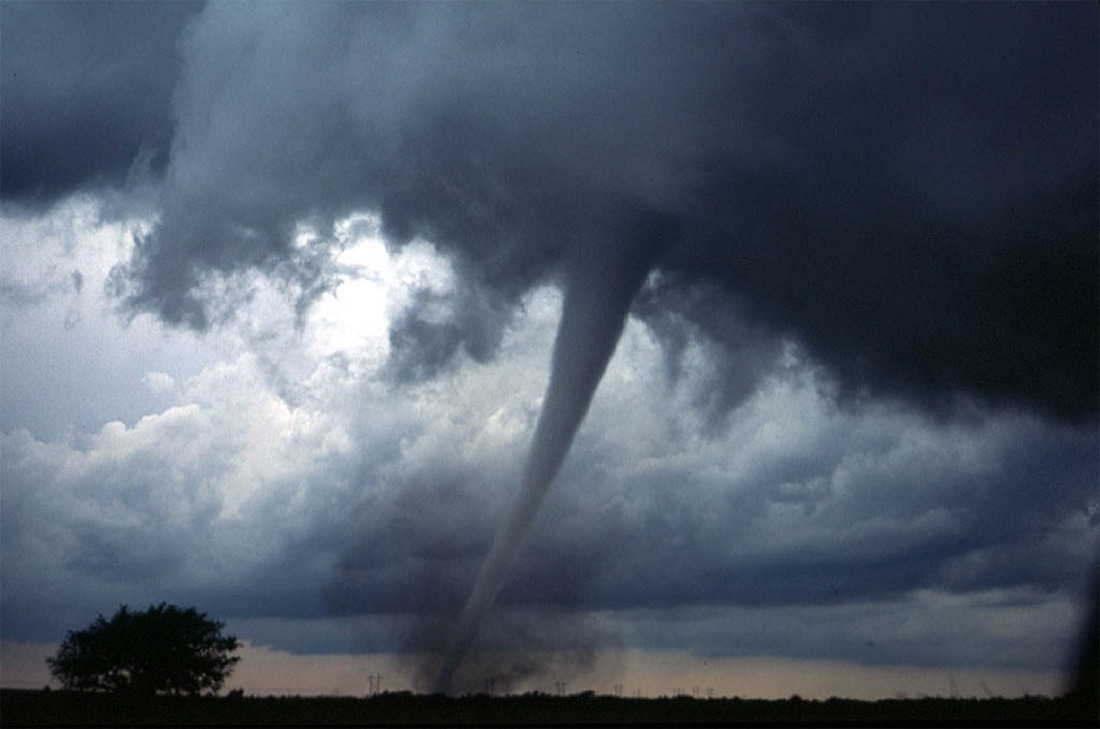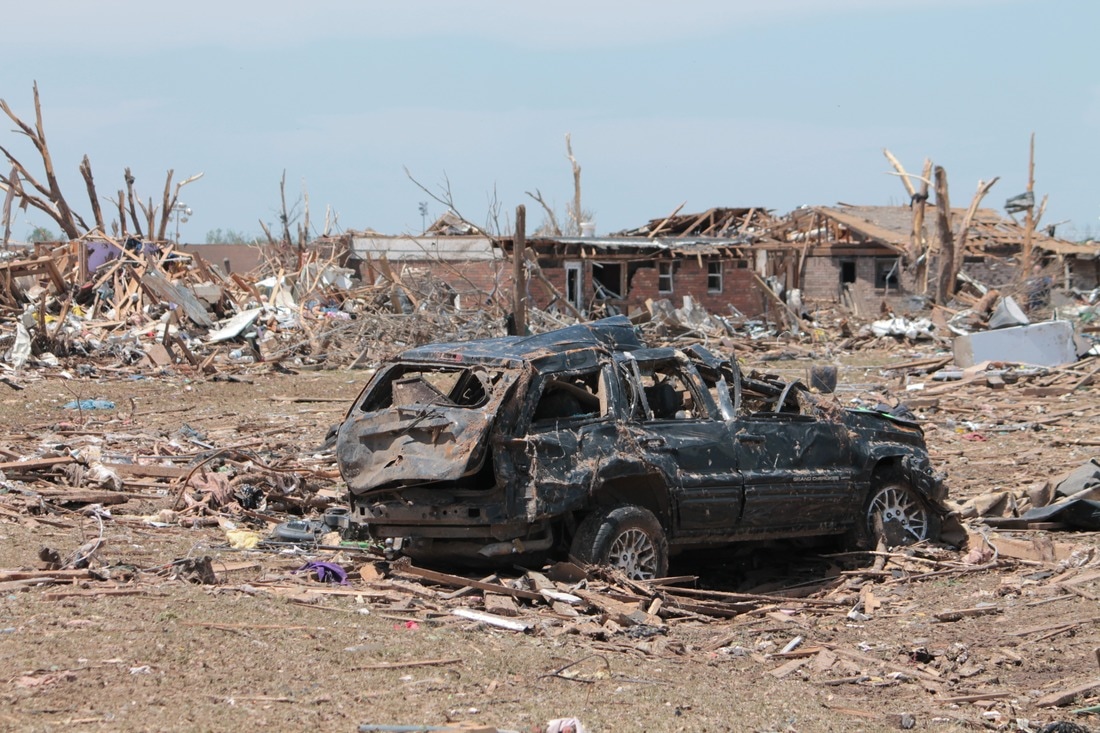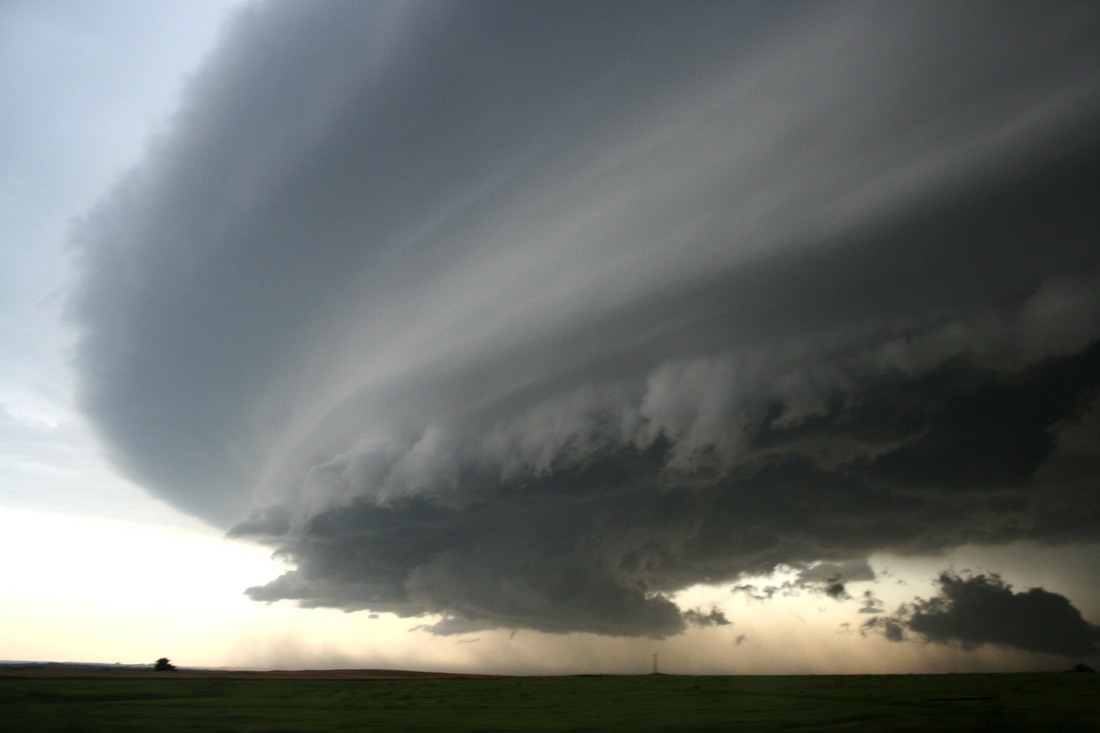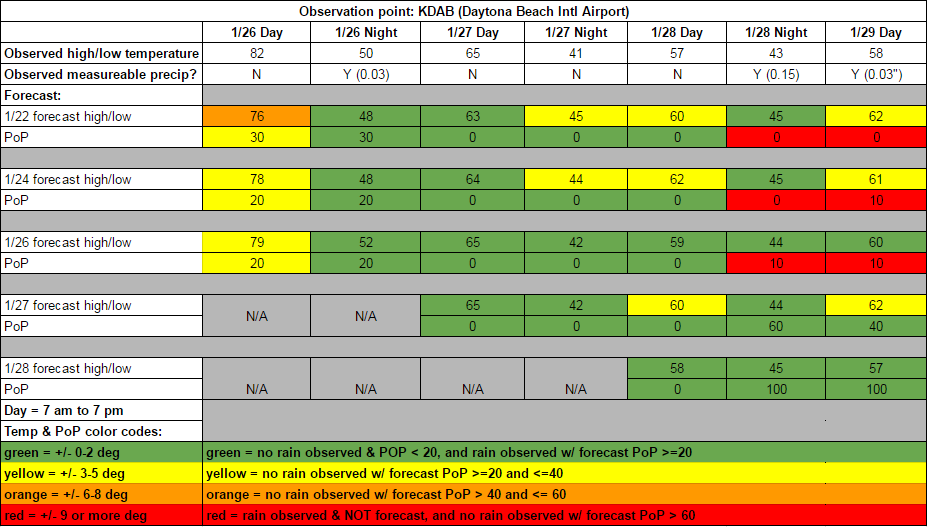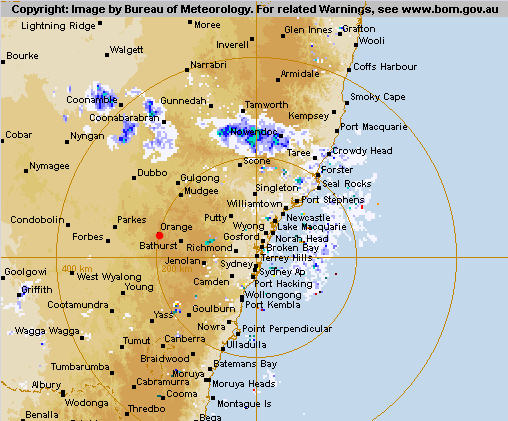The Pirelli tire testing sessions on Thursday will likely be the only chance of rain impacting the track. There is a cold front that will be moving southward across Florida on Thursday, and scattered showers will be possible ahead of it. At this time, the atmosphere does not appear to have a large amount of moisture or instability with the front, so I am expecting that if there are showers on Thursday, they should be light.
By Friday, the chance of showers should end as high pressure will be building over Florida behind the front. Temperatures will be a little cooler, but still very pleasant, in the upper 70s on Friday. Temperatures will gradually warm each day over the weekend, with highs in the lower 80s by Sunday.
Overall, it should be a great weekend for going to Sebring, with both Trans Am and SVRA providing plenty of action and awesome cars.

